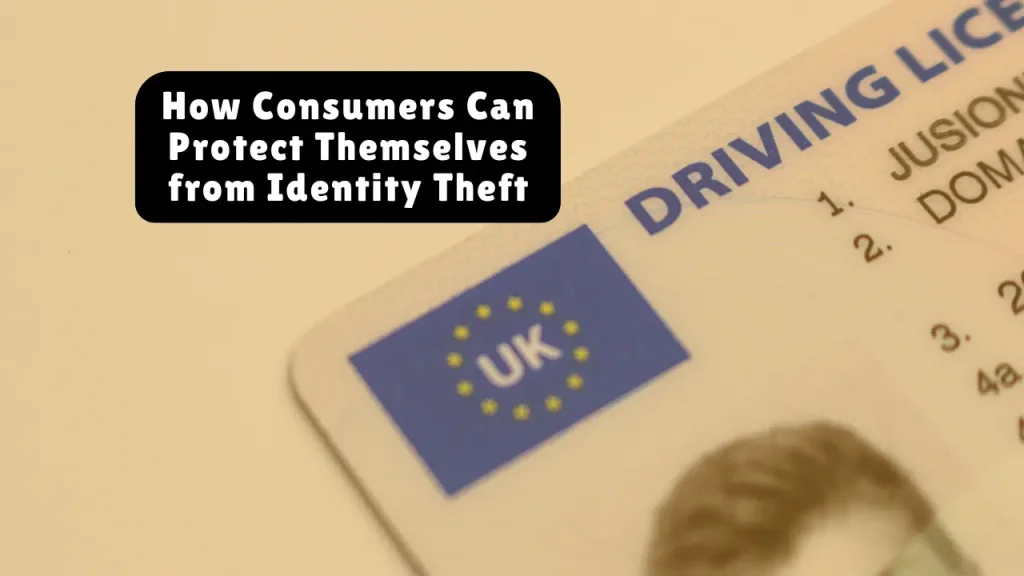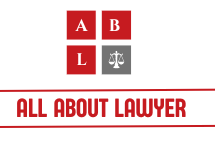How Consumers Can Protect Themselves from Identity Theft
According to the FTC, over 1.1 million identity theft reports were filed in the U.S. alone in 2023. Looking ahead, global losses are projected to exceed $50 billion in 2025, driven by increasingly sophisticated attacks like synthetic fraud, deepfakes, and SIM-swapping.
Whether you’re in the United States, Europe, or Asia, identity theft can lead to devastating financial, legal, and emotional consequences. This comprehensive guide combines expert insights, real-world tools, and government-backed strategies to help consumers stay safe in both digital and offline environments.
Table of Contents
What Is Identity Theft?
Identity theft occurs when someone steals and uses your personal or financial information—such as your Social Security number, bank account details, or driver’s license—without your consent, often for financial gain.
Common Types of Identity Theft:
- Phishing Scams: Deceptive emails or texts tricking you into revealing personal info.
- Data Breaches: Hackers accessing consumer databases of corporations or hospitals.
- Account Takeover: Criminals gain control of your online accounts (email, bank, etc.).
- SIM-Swap Fraud: Scammers hijack your phone number to intercept two-factor authentication (2FA) codes.
- Synthetic Identity Fraud: Fake identities made by blending real and fictitious information—now involved in 30% of fraud cases globally.
- Medical Identity Theft: Thieves use your ID to receive treatments or prescriptions.
- Child Identity Theft: Children’s clean credit histories are hijacked for fraudulent accounts.
- AI Deepfake Scams: Voice cloning and video impersonation attacks are rising rapidly, with 25% of fraud victims affected in 2024.
Read Also: AARP Identity Theft Protection Review
How to Prevent Identity Theft: Step-by-Step
1. Monitor and Protect Your Credit
- Freeze Your Credit Reports
Place a credit freeze with all three U.S. credit bureaus—Equifax, Experian, and TransUnion. It blocks access to your credit, preventing new accounts from being opened. It’s free and reversible. - Check Your Credit Regularly
Use AnnualCreditReport.com to access one free report annually from each bureau. Look for unfamiliar accounts or hard inquiries. - Opt Out of Pre-Approved Credit Offers
Visit OptOutPrescreen.com or call 1-888-5-OPT-OUT to prevent mail theft and reduce exposure to fraud. - Know Your Rights
U.S. residents are protected under the Fair Credit Reporting Act (FCRA) and the Identity Theft and Assumption Deterrence Act. In the EU, GDPR gives similar protections.
2. Adopt Strong Cyber Hygiene
- Use Multi-Factor Authentication (MFA)
Enable MFA on all critical accounts—banking, email, and social media. Prefer app-based or hardware-based authentication (e.g., YubiKey) over SMS to avoid SIM-swapping. - Strengthen Password Practices
- Create unique, complex passwords for every account (e.g., $+r0^gh@h@).
- Use a password manager like Bitwarden or 1Password.
- Update passwords every 3–6 months, especially after a breach.
- Create unique, complex passwords for every account (e.g., $+r0^gh@h@).
- Secure Your Devices
- Install antivirus and firewall software.
- Enable device encryption and biometric locks (e.g., Face ID).
- Avoid public Wi-Fi for transactions—or use a reputable VPN.
- Install antivirus and firewall software.
Related article:
Dumpster Diving Identity Theft

3. Practice Physical Security Measures
- Shred Documents
Shred bank statements, medical records, and old bills before disposal. Attend free community shredding events if available. - Protect Your Mail
- Use locked mailboxes.
- Switch to paperless billing.
- Collect mail promptly and monitor for missing bills (a red flag for address fraud).
- Use locked mailboxes.
- Limit Social Security Number Usage
Don’t carry your Social Security card and avoid sharing your full number unless legally required.
4. Leverage Identity Theft Protection Services
Top-rated services can monitor threats and help recover stolen assets. Here’s how they compare:
| Service | Key Features | Cost (Monthly) |
| Aura | 3-bureau monitoring, $1M insurance, VPN, parental controls | $9–$50 |
| LifeLock | Dark web scans, child protection, ransomware support | $12–$80 |
| Identity Guard | AI-powered alerts, home title monitoring, IBM Watson AI | $9–$40 |
These services offer peace of mind with real-time alerts, insurance coverage, lost wallet recovery, and 24/7 fraud assistance.
5. Combat Emerging Threats in 2025
- AI Deepfakes and Voice Cloning
Verify wire transfers or urgent requests using a separate communication channel. Use anti-spoofing tech or voice blockers. - Medical & Child ID Theft
- Monitor Explanation of Benefits (EOBs) and insurance claims.
- Freeze children’s credit with bureaus (e.g., Equifax’s Minor Freeze).
- Investigate if your child receives mail or bills in their name.
- Monitor Explanation of Benefits (EOBs) and insurance claims.
- During Natural Disasters
Scammers exploit emergencies like wildfires or floods. Be cautious with FEMA or relief-related messages and store personal documents securely when evacuating. - Global Guidance
- Europe: GDPR enforces strict data handling.
- India & Pakistan: Be wary of SIM cloning, Aadhaar database leaks, and mobile banking fraud.
- Report fraud through national hotlines or data protection authorities.
- Europe: GDPR enforces strict data handling.
What To Do If You’re a Victim of Identity Theft
If your identity is compromised, take these immediate steps:
- Contact Financial Institutions
Freeze or close compromised accounts. - Place a Fraud Alert or Credit Freeze
Notify all major credit bureaus. - File Official Reports
- Submit a complaint to IdentityTheft.gov.
- File a police report for legal documentation.
- Submit a complaint to IdentityTheft.gov.
- Dispute Unauthorized Charges
Under the Electronic Fund Transfer Act (EFTA), report fraud within 60 days. - Track Your Recovery
Use the FTC’s identity theft recovery plan to monitor progress and restoration. - Notify Government Agencies
Contact the IRS, DMV, Social Security Administration, or healthcare provider if relevant.
Expert Insights & Legal Developments
“Banks must prove your negligence under EFTA. Demand their investigation records if they ignore red flags.”
— Jane M. Azia, Former NYAG Consumer Protection Chief
- Legislative Watch:
- California’s AB 2943 allows consumers to sue for data mishandling.
- Europe’s GDPR sets global benchmarks for privacy.
- California’s AB 2943 allows consumers to sue for data mishandling.
Stay updated through FTC Consumer Alerts, CISA advisories, and platforms like HaveIBeenPwned.com.
Conclusion: Proactivity Is Your Best Defense
Protecting your identity in 2025 requires a layered defense—digital hygiene, credit monitoring, physical security, and legal awareness. You can’t always control corporate data breaches, but you can control how quickly you respond and how well you prepare.
Key Takeaway: Assume your data is already exposed. Prevention and swift action are your most powerful tools.
📌 Resources:
About the Author

Sarah Klein, JD, is a former consumer rights attorney who spent years helping clients with issues like unfair billing, product disputes, and debt collection practices. At All About Lawyer, she simplifies consumer protection laws so readers can defend their rights and resolve problems with confidence.
Read more about Sarah
